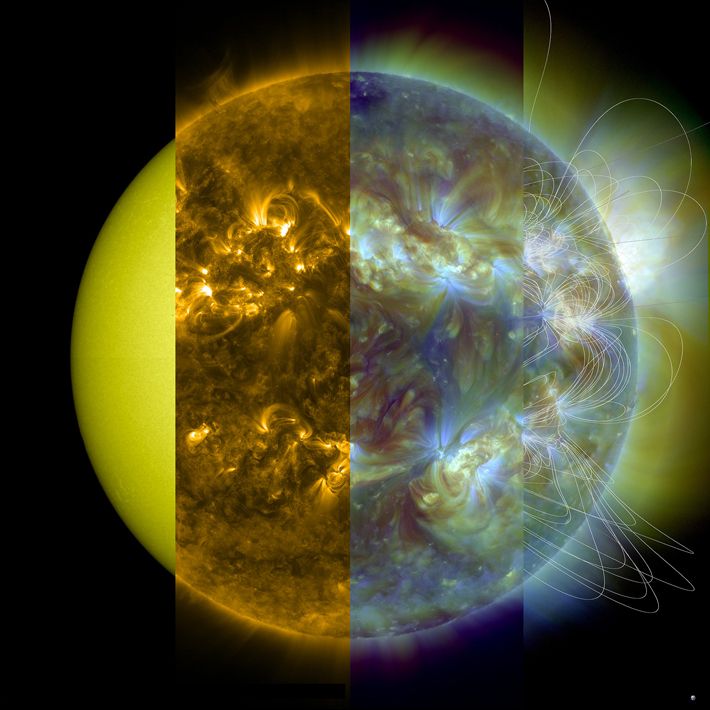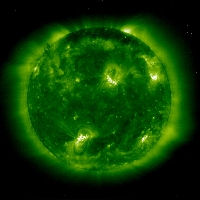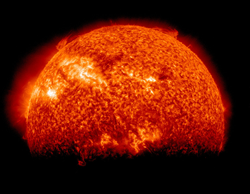

|
| Open Menu |
| Local page - | Space Science menu - | New energy menu - | Economy menu - | Food & Restaurants - | General menu |
| More classified links |

Heliophysics |
Sun Missions |

The Heliophysics Science Division |
Heliophysics Missions |

SOHO |

ACRIMSAT |
The Reuven Ramaty High Energy Solar Spectroscopic Imager |
RHESSI |

Solar TErrestrial RElations Observatory (STEREO) |

Hinode: Mission to the Sun |
Solar Dynamics Observatory (SDO) |

Living With a Star Program (LWS) |

Advanced Composition Explorer (ACE) Mission Overview |
Space Observatories |
CINDI: Coupled Ion Neutral Dynamic Investigation |
The Cluster mission |
Cluster At NASA |
The Geotail mission |
Geotail Links |
The Wind mission |
Wind Links |
The Polar mission |
Polar Links |
The TIMED mission |
TIMED Links |
The TWINS-A and TWINS-B observatories mission |
TWINS-A and TWINS-B Links |
ARTEMIS mission |
The Interstellar Boundary EXplorer (IBEX) |
Clic
for your Research of books on Amazone about: Space |
|
Amazone : Astrophysic - Astronautic
- Astronautic - Astronomy
- Astronomy - Space Astronomy
- Space Astronomy
|
|
| Directories : | Yahoo: Science - Space - News and Media MSN: Space News - Demoz: Science - Space - News and Media - Astronomy |
 
Copyright WaoLine, The Internet Interactive and Dynamic Visual Directory |